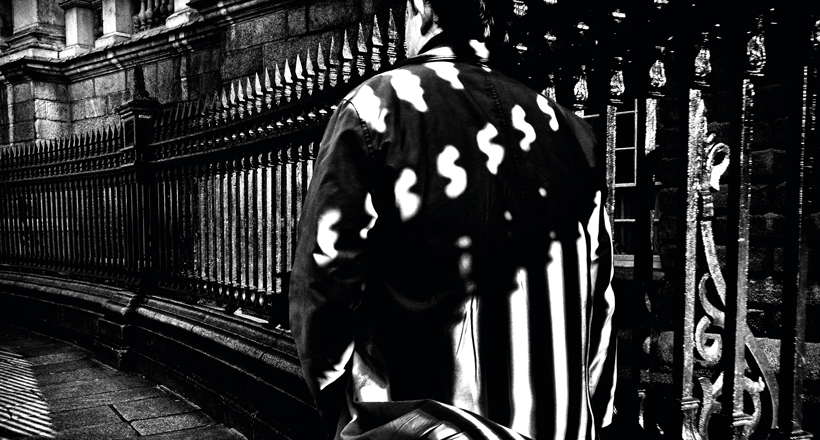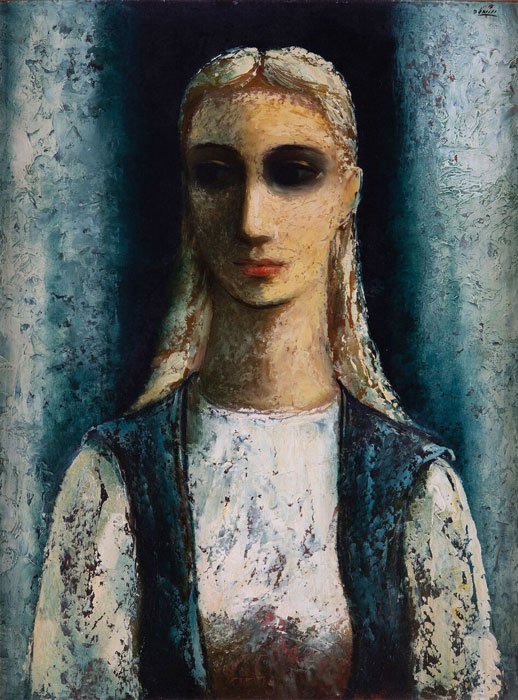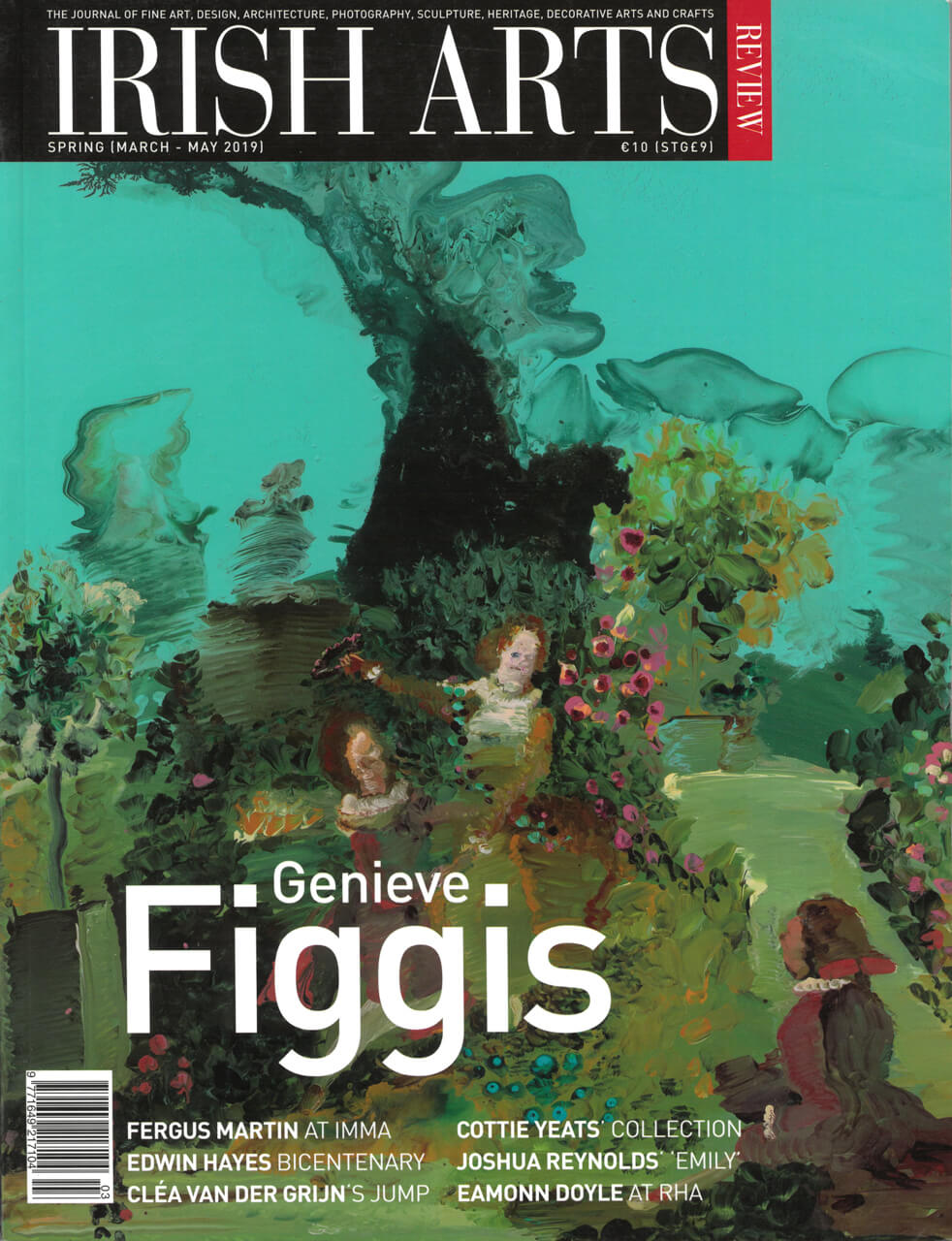
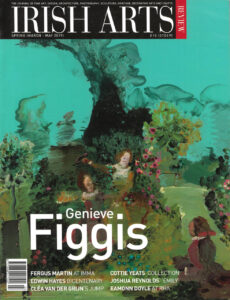
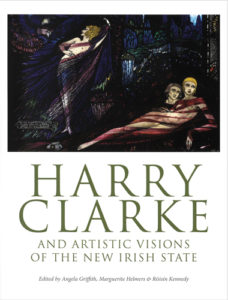 Harry Clarke and Artistic Visions of the New Irish State
Harry Clarke and Artistic Visions of the New Irish State
Eds Angela Griffith, Marguerite Helmers & Róisín Kennedy
Irish Academic Press, 2018
Pp 372 fully illustrated p/b
€29.95 ISBN: 978-1-78855-045-1
Margarita Cappock
This fine anthology of essays is a welcome addition to writings on Harry Clarke (1889-1931), the prodigiously talented stained-glass artist and illustrator. It is fitting that it is dedicated to Nicola Gordon Bowe, the pre-eminent academic whose exemplary scholarship was singularly responsible for highlighting Clarke’s work and the subsequent resurgence of academic interest in his oeuvre. It consists of twelve essays that cover the breadth of his work from the Honan Chapel windows, The Geneva Window and the Eve of Saint Agnes to his extensive work as an illustrator of the literature of, amongst others, Charles Perrault, Algernon Charles Swinburne and Robert Browning’s poetry collection, The Year’s at the Spring. Other illustrative work for The Dublin Magazine and Messrs John Jameson & Son also features. Coupled with his huge workload at the helm of the family business and stained glass projects in Ireland, the UK and Australia, Clarke’s output as an artist was staggering, especially given his ongoing ill-health and untimely death at the age of forty-one.
This publication is beautifully illustrated with high-quality images that show the wealth of Clarke’s legacy. The essays are of a consistently high standard. Róisín Kennedy’s essay outlines the sad fate of The Geneva Window (see Irish Arts Review spring, 2013; spring 2018 editorial) with its problematic choice of writers, many of whom were later subject to the Censorship of Publications Act of 1929. It is significant and indicative of the controversial nature of its reception that the Catholic Bishop of Killaloe, Rev Dr Fogarty, was in favour of it being installed as he thought it would make a ‘tremendous impression’, despite his reservations with reference to ‘The Others’ – the controversial writers depicted in the window.
Clarke’s output as an artist was staggering, especially given his ongoing ill-health and untimely death at the age of forty-one
The essays by Jarlath Killeen and Elizabeth Helsinger on Clarke’s visual interpretations of the work of writers such as Perrault and Swinburne are particularly illuminating, highlighting Clarke’s mastery, not only in colour but also in black and white. The erotic, grotesque, theatrical, macabre and fantastical elements of Clarke’s imagination are amply displayed. Kelly Sullivan’s essay on Clarke’s study and use of natural forms and imagery examines the intensity he brought to his work from a dizzying range of sources.
Clarke lived and worked through a turbulent period in Irish history from the 1916 rising to the War of Independence, establishment of the Free State and the Civil War. One recurring theme of this publication examines how Clarke, while fully aware of Irish cultural developments, was not wholly invested in the creation of a specific Irish identity in his work, unlike many of his contemporaries. To a large extent, his wholly original, exquisite work is international and eclectic and he was inspired by wide-ranging sources from the worlds of art, design, literature, theatre and film.
Margarita Cappock is a curator and arts officer at Dublin City Arts Office.


